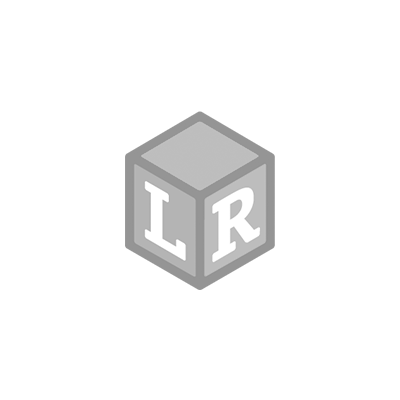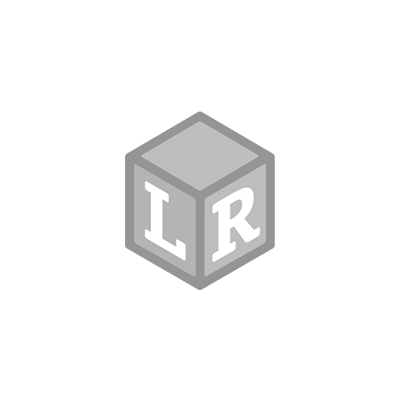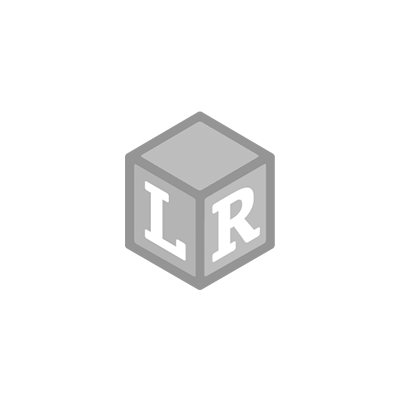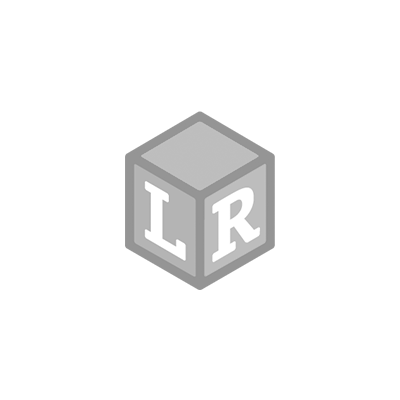
Hints & Tips for Learning at Home
- Learning Resources Posted On Mar 19, 2020
Change is stressful for everyone, especially children. If you are new to home education, you might feel overwhelmed and confused as you look for options and information. Having a routine in place will bring a sense of security, comfort and consistency to you and your child’s life.
Why is routine important?
A routine is the way families organise themselves to get things done, spend time together, learn and have fun.
Children thrive in a predictable environment where they know what to expect. It makes them feel safe, secure and looked after, especially in stressful times like this. If you build a routine around having fun and spending time together, it will also strengthen family relationships. Having an important job to do in the family routine (like setting the table) helps children develop a sense of responsibility which is an important life skill.
Routines for children with development delays or disabilities are even more important because they find it hard to understand or cope with change. It takes a while for children to get used to a routine. But when they do, you can give fewer instructions as they get better at following a schedule.
Having a routine is beneficial for parents too even though it takes some effort to create a good one. However, when you have one in place, it helps you get through your daily tasks and free up time for other things. A routine can help you feel organised and in control and this is very important for reducing stress levels. You will also feel a sense of accomplishment at the end of the day because you followed a certain structure.
Home education and nursery routines
In early education the entire home education routine should be based on creating opportunities for your child to learn through play. The most natural way is to start with observation. Take a day and spend it casually with your child. Observe what they play with the most, what interests them, and notice where there is something they need help with such as speech or vocabulary.

Image: Learning Resources Counting Dino-Sorters Maths Activity Set
When you know what your child enjoys and gravitates towards, you can build on that and make learning more fun and efficient. For example, if your child loves dinosaurs, use that interest and incorporate dinosaurs into literacy, maths, science and art. Our dinosaur counters are perfect for exploring number and maths concepts as well as positional language and literacy activities. Dinosaurs are always a favourite with children and you’ll find many activities and resources to help your child learn faster, while they have fun.
What is a good home school schedule?
It’s important that you make your routine work for your family. Here is an example of a home education routine you can use as a base and then adjust according to your needs.
07:00 - Wake up/Get dressed/Breakfast
08:00 -Storytime
Sit on the floor in a relaxing atmosphere. Talk about what day it is, what the weather is like that day, and then let your child choose a story for you to read. Spend some time talking about the story. Prompt them to talk about what you’ve read with questions like what was their favourite part and characters? What was the story about? If they like the story and you have the materials such as relevant figurines, try re-enacting the story together. Encourage them to try on their own by drawing characters from the story, or if everyone is feeling creative, try junk modelling. If they engage in free play, grab your chance to tidy up and plan the next activity.
09:00 - Songs/ Dance/Movement
After playing quietly for a while, get things moving! Try a loud activity such as singing nursery rhymes, dancing to kids’ songs or some fun yoga moves.
09:30 -Literacy or Maths
After some exercise, everyone will be feeling fresh and awake. Move on to short activities involving letters, shapes, numbers or measurements. You can use our free printable worksheets, activity pads, or play a game like letter hunt, sorting by size or working on patterns.
10:00 -Snack time (fruit and nuts for healthy body and mind)
10:30 -Free Play
It is important to provide time for them to learn through independent play. All you need to do is offer open-ended toys and resources like old boxes, animal figurines, play food, building blocks and similar.

Image: Learning Resources New Sprouts® Fruit & Veg Tote
12:00 - Lunch/Family Time
A lunch comprising of a mixture of snacks, a few pieces of cut up fruit, a small chunk of cheese, a small sandwich ham or chicken and a healthy yoghurt will fuel your child for the afternoon’s activities.
13:00 - Outdoor Play (garden or patio)
It’s good to spend some timeoutside, even if it’s raining. Not for long, but just long enough to get somefresh air. Let your child come up with an idea such as playing with a ball.
14:00 -Art/Science
In the afternoon focus on activities where your child needs to move or stand such as painting on a big art easel or do science experiments. Rope them in to help you to prepare materials and clean up later. See our activity sheets taken from the Primary Science Lab set on how to do your own Volcano experiment at home.
14:30 -Snack Time
15:00 –Free Play
Most of the time kids arevery good at finding opportunities to learn on their own but if you see theyneed a bit of direction, you can encourage some dramatic play. Give them some bandagesand let them be doctors and heal their dolls or maybe set up a grocery shopfrom an old cardboard box and food containers.
16:30 -Dinner Time
17:30 -Family Time
Playing board games is a fun way of learning and strengthening family relationships. Looking for some ideas? Try 10 Family Games For The Whole Family To Enjoy.
Main Image: Getty Images

















